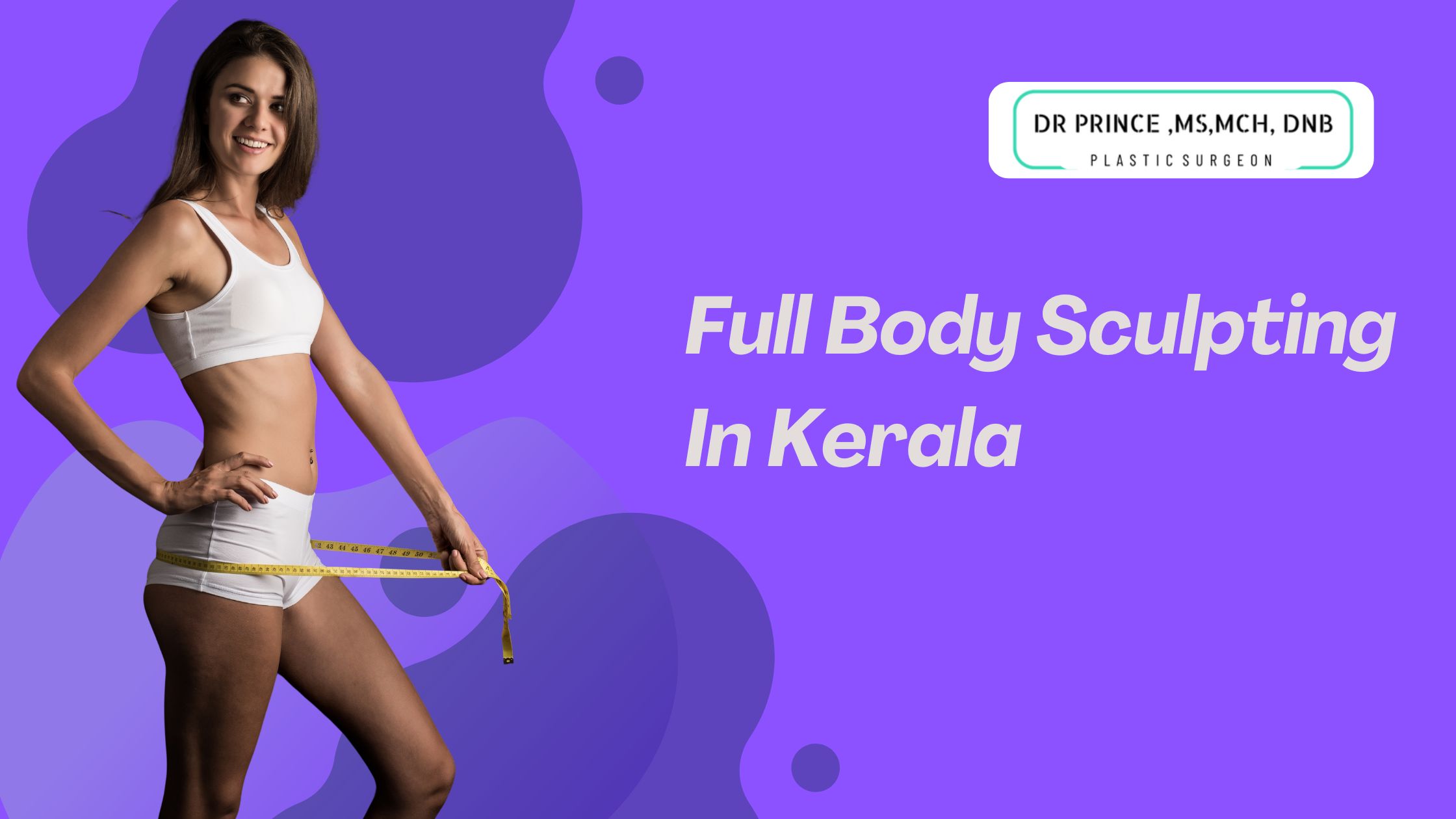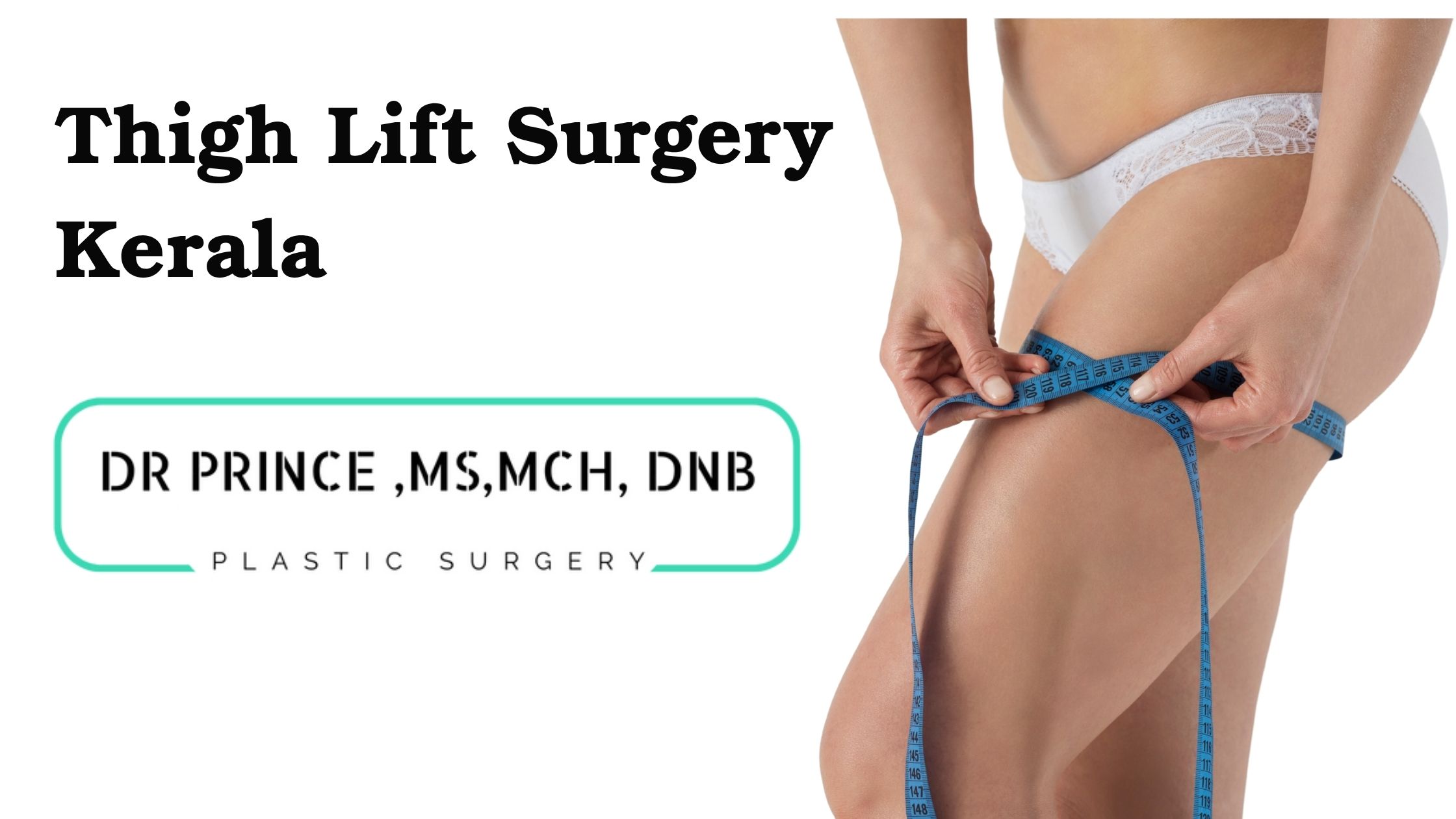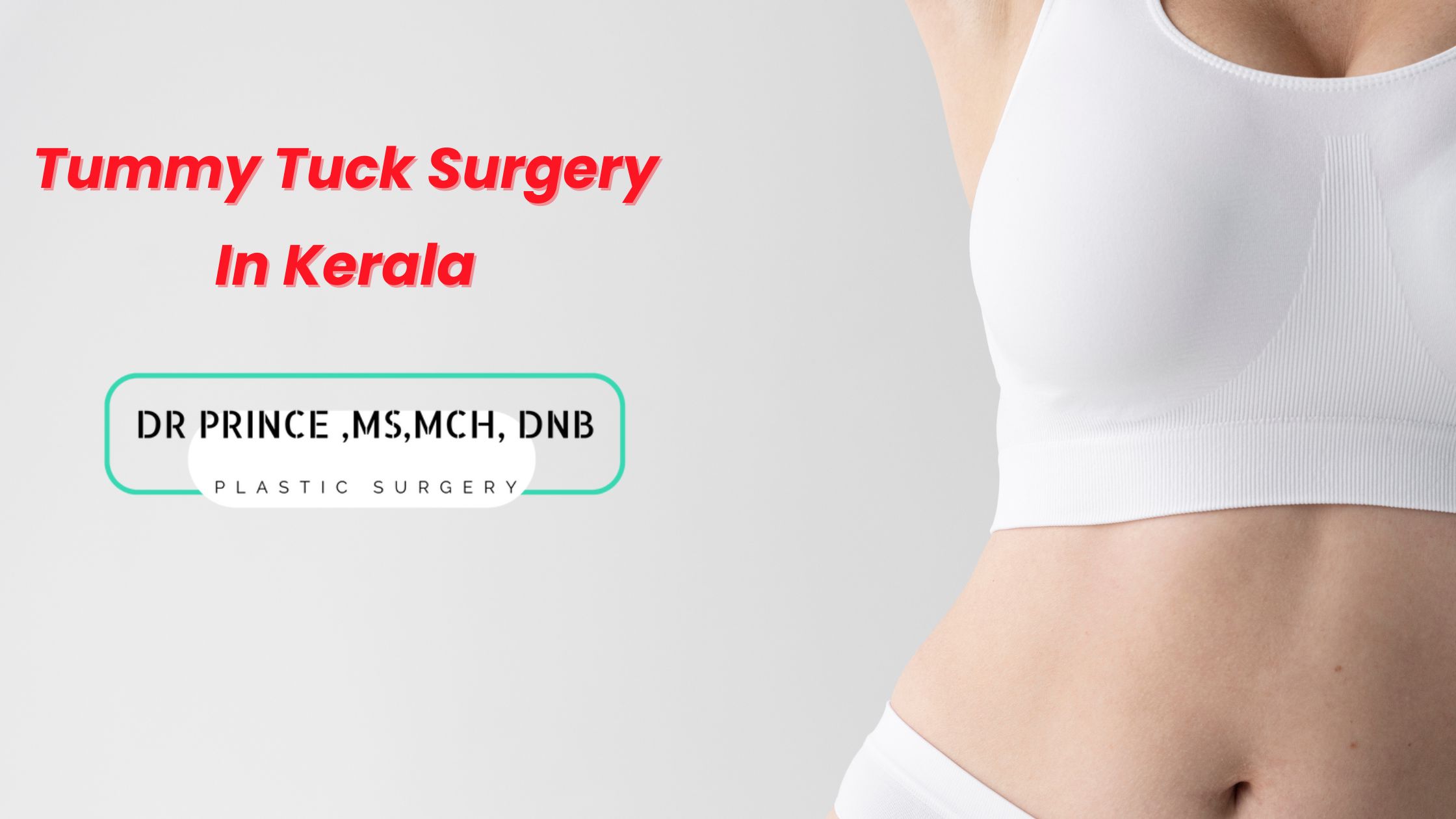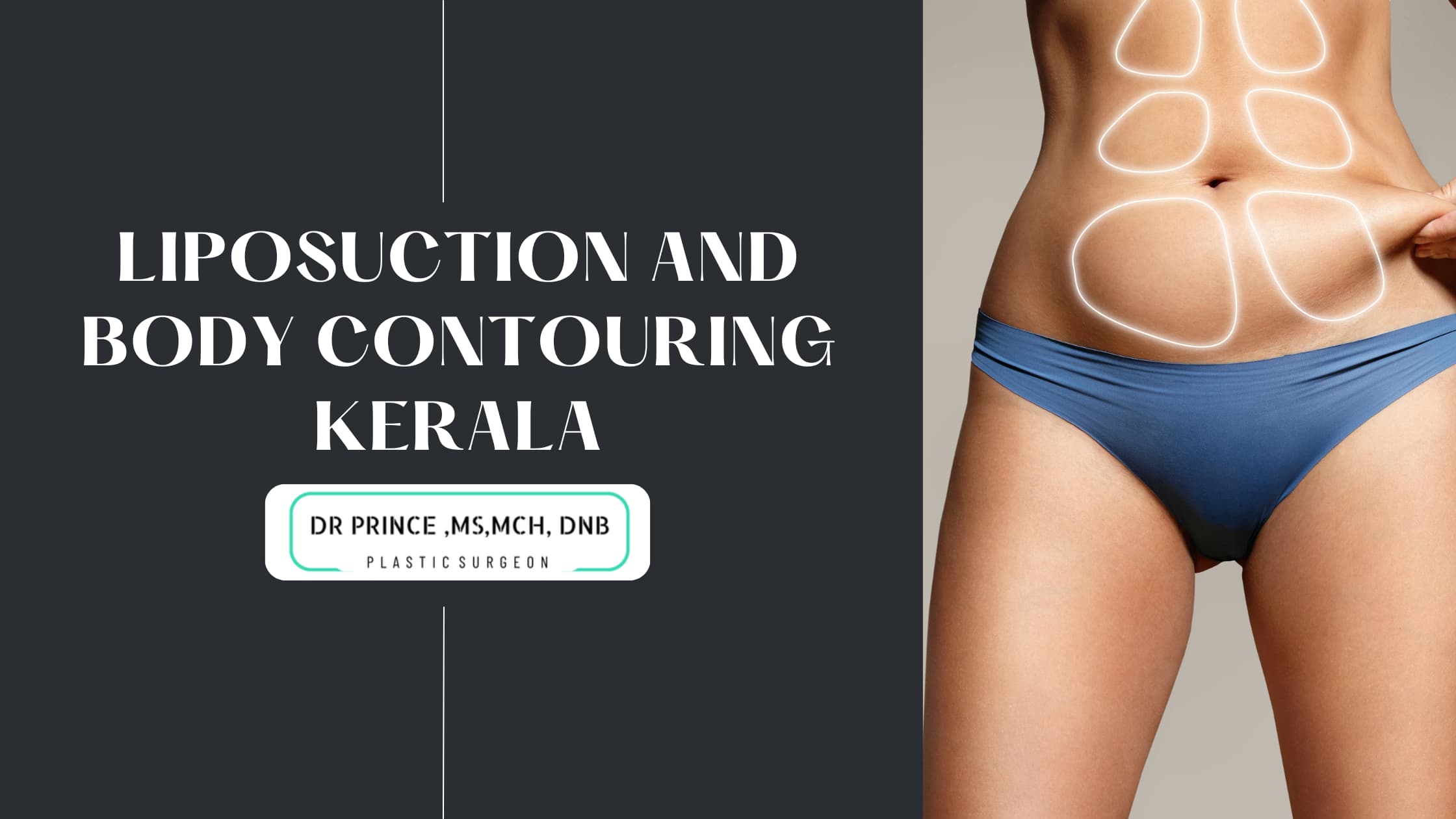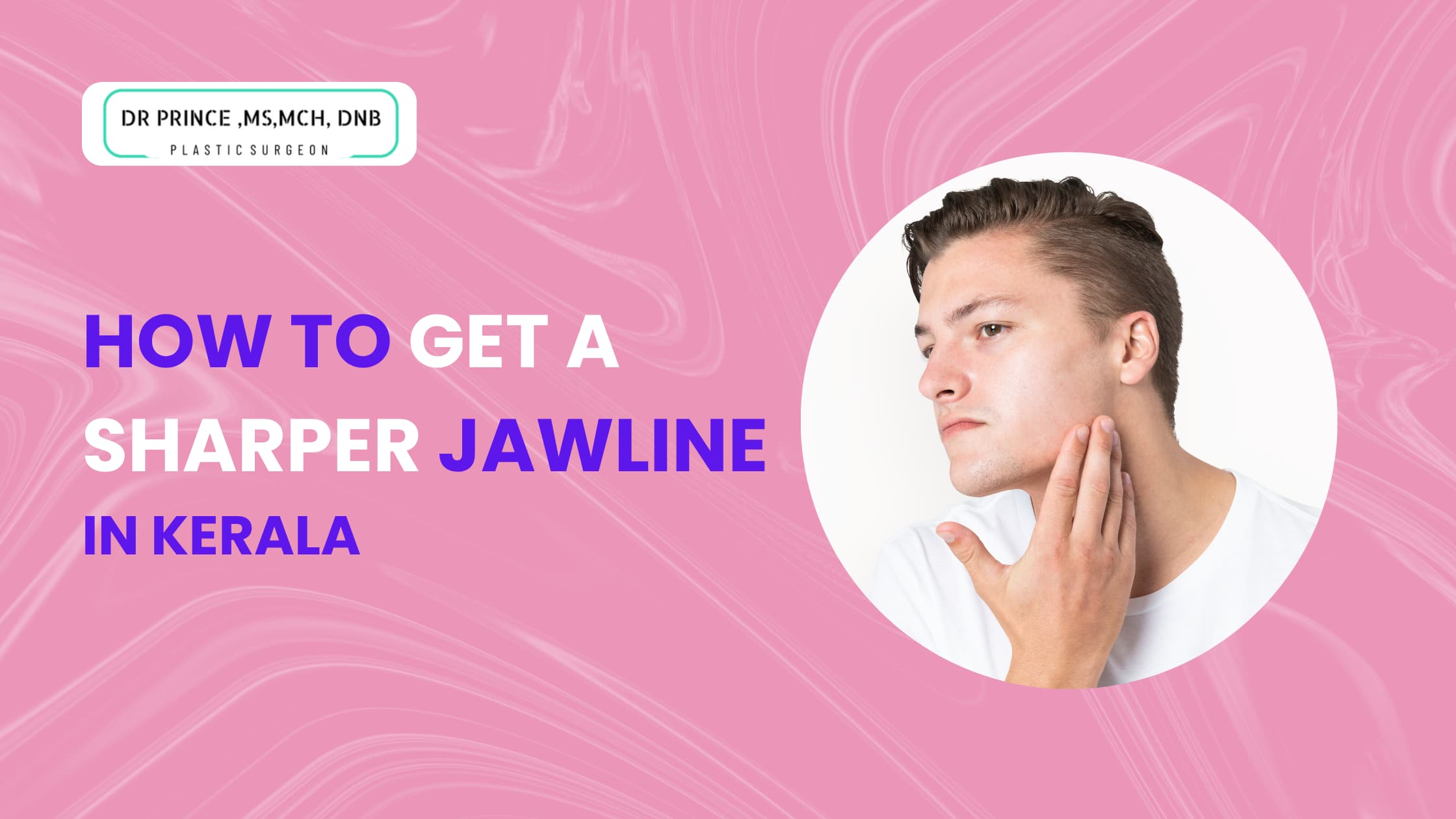How to Get Your Rhinoplasty Surgery Safe And Smooth in Kerala
Synonyms: Nose Job, Nose Shaping Surgery, Nose Reshaping Surgery, Septorhinoplasty
- Are you happy with your nose shape?
- Do you feel your nose is not in proportion to face?
- Are you suffering from breathing difficulties?
- your self-confidence has gone down due to nose shape?
- You are longing for a sharp and attractive nose?
Cosmetic rhinoplasty surgery can give you a natural looking nose and boosts your confidence.
What is Nose Job?
Rhinoplasty surgery is a plastic surgery procedure for altering and reconstructing the nose. There are two types of plastic surgery (1) reconstructive surgery that restores the form and functions of the nose and (2) cosmetic surgery that changes the appearance of the nose.
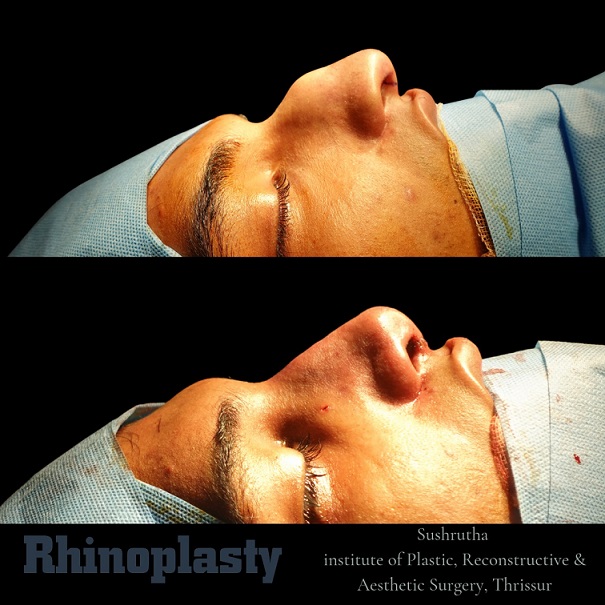
| Time Required | 2-5 Hours |
| Anesthesia | General Anesthesia |
| Pain Level | Mild to moderate |
| Hospital Stay | 1-4 Days |
| Flyback | 5-7 Days |
| Success Rate | 97 to 98% |
| Result | Major Difference Visible Immediately Final Result 8 -12 Months |
| Diet | No Restriction |
| Complication Rate | Less than 2-3% |
| Rhinoplasty Cost | INR 60,000 to 1,50,000 Approx. |
Benefit of The Rhinoplasty or nose surgery is:
- It improves your nasal shape.
- It improves any nasal deformity
- Make your face more attractive and bring balance in the facial feature.
- Improve your breathing.
- Improve your self confidence
- Improve your social acceptance
- Give boost in your carrier
The Surgical Nose as Six Aesthetic Nasal Segments
- The tip segment

- The columellar segment
- The soft-tissue triangle segment
- The alar segments
- The dorsal nasal segment
- The lateral nasal-wall segments
Rhinoplasty surgeon will determine the topographic location of the defect Based on the segments of the nose. , the plastic surgeon plans, maps, and executes a rhinoplasty procedure. The unitary division of the nasal topography permits minimal, but precise, cutting, and maximal corrective-tissue coverage, to produce a functional nose of proportionate size, contour, and appearance for the patient.
There is much type of nasal deformities. Here isan exhaustive but not the complete list.
For better understanding each deformity is described in isolation while in practice, each individual has separate combination of nasal deformities.
- Size
- Small nose, Big Nose
- Length
- Short nose, Long nose
- Tip
- Sharpen the bulbous tip, boxy tip, or correct pinch tip
- Increase or decrease tip projection
- rotation of the tip: piggy nose, droopy tip
- Dorsum
- Dorsal hump
- Flat or saddle nose
- Collumella
- Hanging columella or retruding columella
- Alar
- Hanging ala
- Broad Nose
- width of the nose, broad, broad-mid, and broad base of the nose
- Complex Deformity
- To improve a complex deformity like crooked, deviated, or twisted nose
- Corrects some nasal birth deformities
- Corrects nasal deformities due to sports injuries or other trauma.
- Corrects breathing difficulties by repairing a deviated septum
You will benefit from nose shaping surgery if:
- A girl should be above 16years and boy should be above 18 years
- You are physically fit.
- You are mentally ready for surgery and recovery.
- When you have realistic expectations from the rhinoplasty.
- When the size and shape of your nose is not proportionate to your overall facial features and you expect a more balanced look.
- If you are feeling that your nose has any of the above mentioned deformities.
- When you suffer from breathing problems due to some birth defects, i.e., deviated septum
- You might have snoring problems that can be improved with Rhinoplasty
- Tissue molding have its own limitation and so achievable result. One can expect improvement not the perfection. Please discuss with your surgeon before going for the surgery.
- Nasal reshaping surgery should be not done at the cost of function. It limits narrowing or reduction of nasal shape.
- Cartilage has its internal memory and sometimes internal healing is unpredictable. Inspite of surgeon best effort, 1 to 5 percent patient require revision rhinoplasty.
Today you get all general information internet. During personalized consultation you get specific information about your nose reshaping surgery. The consultation is an opportunity to ask questions regarding your concerns directly to your operating surgeon.
It is good to make a list of important questions before proceeding for the consultation step. So you won’t miss addressing any of your concerns. The patient care coordinator is always there to help you.
You come to know about: –
- Is rhinoplasty surgery for you or not?
- Is it safe for you?
- What is there specifically for you in terms of surgical technique, duration of the surgery, and the rhinoplasty actual cost?
- and the realistic goal and achievable outcomes of the surgery
- Rhinoplasty surgery risk & recovery
- The required measures needed to be followed before & after the rhinoplasty surgery.
- What is your comfort level with the rhinoplasty surgeon?
You should have a brief of the following things with your cosmetic surgeon:
- Your area of concern
- What result you expect? You can take representative photographs
- Your lifestyle including physical activity
- History of any allergy, trauma, previous Any medical conditions & medical treatments
- Any supplements such as vitamins, fat burner, herbal treatments or nutritional supplements
- Alcohol, smoking, tobacco, and drug uses,
- Drug allergies
- Previous surgeries, particularly nasal or facial surgery, any dental treatment
- Your surgical goals, you can take your end goal photographs for reference.
Your rhinoplasty surgeon will evaluate the following:
- Your nasal shape and concerned nasal deformity
- Whether nose shape is in harmony with the face.
- Nasal harmony in reference to age, sex, ethnicity.
- Skin quality
- Cartilage and boney frame work
- Underlying breathing concern, if any
- Your general health status and any pre-existing health conditions or risk factors.
Rhinoplasty surgeon will discuss:
- Tailor made plan for your nasal reshaping surgery
- Achievable rhinoplasty result and recovery
- Will show rhinoplsty surgery “before and after” photographs of his operated patients.
- May take your photographs and show edited photos, help you to visualize achievable Rhinoplasty results.
- Rhinoplasty surgery risks and complications.
- Your rhinoplasty surgery cost.
- Preoperative planning like fitness test, nasal CT scan and preoperative preparation.
According to the Technique of Rhinoplasty Surgery:
In closed rhinoplasty, the surgeon performs every procedural incision endonasally (exclusively within the nose), and does not cut the columella. In open rhinoplasty, Dr prince makes an additional small, irregular incision to the columella.
The open approach continues to gain in popularity over the end nasal approach or closed approach for both primary and secondary rhinoplasty. There are advantages and disadvantages of both the techniques, but the correct approach determined by the patient’s anatomic deformity and the surgeon’s experience. Clearly, what is performed to alter the underlying anatomy is far more important than the type of incision used.
1. Open Rhinoplasty Surgery
Distinct Advantages are as follows:
- Binocular visualization
- Evaluation of complete deformity without distortion
- Precise diagnosis and correction of deformities
- Allows use of both hands
- More options with original tissues and cartilage grafts
- Direct control of bleeding with electrocautery
- Suture stabilization of grafts (invisible and visible).
Potential Disadvantages are as follows:
- External nasal incision (transcolumellar scar)
- Prolonged operative time
- Protracted nasal tip edema
- Columellar incision separation
- Delayed wound healing.
2. Closed Rhinoplasty Surgery
The Advantages of Endo nasal Approach Are as Follows:
- no external scar
- Limited dissection process
- Permits the creation of precise pocket so graft material fits exactly without need for fixation
- Allows percutaneous fixation when large pockets are made
- faster healing by maintaining the vascular bridge
- Encourages accurate preoperative diagnosis and planning
- Produces minimal post-surgical swelling
- Reduces operating time
- Results in faster recovery
- Creates intact tip graft pocket.
Disadvantages:
- Requires experience and great reliance on accurate preoperative diagnosis
- Prohibits simultaneous visualization of the surgical field by a teaching surgeon and students
- Does not allow direct visualization of nasal anatomy
A. Preoperative Preparation:
You should be in your optimum health for a safe and smooth recovery.
Once you decide to go ahead with surgery you are advised the following:
- Complete your body check-up test
- General examination and general fitness done. Nasal examination and CT scan of para nasal sinuses done to assess the air passage. To plan the nose job such a way that airway function should remain patent
- Any medical condition like diabetes or hypertension should be under control.
- Quit smoking as advised by surgeon
- Any nutritional support or on-counter medicine should be stopped
- You will be given detail instruction before surgery
- The Rhinoplasty surgeon team is always there to guide you in case of any confusion.
B. On Admission at the Cosmetic Surgery Center
Please inform about:
- Recent illness like common cold, fever, urinary tract infection or any other seasonal illness
- Your medical ailments like blood pressure, diabetes, asthma, thyroid or any other illness
- Any ongoing medication
- Past history of any major illness, hospitalization, trauma, or surgery
- Drug or any other allergy
- Family history of any significant illness like blood pressure, diabetes, cardiac ailment, cancer, G 6 PD deficiency, thyroid, thalassemia, bleeding disorder, or any other illness.
1. The Cosmetic Surgeon Will:
- Listen to your concerns and explain to you again about the surgery
- Discuss your desire nose shape
- Your physical fitness is also evaluated (you will also be examined by anaesthesiologist for physical fitness)
- Will mark the operative area with your active participation. This is useful as guidelines in the procedure.
- Preoperative medications will be started.
- The preoperative formalities are done.
2. In the operation theater
- Anesthesia: Limited extent nose job/nasal shaping procedure can be done under local anesthesia with sedation. While extensive nose job will be done under general anesthesia.
- Duration of surgery: The procedure approximately requires 1 and a half hours to three hours to perform.
- Infiltration: The operative area is infiltrated with a small amount of local anaesthesia and adrenaline, which reduces general anaesthesia requirement and makes the procedure very safe. Adrenaline reduces blood loss and helps to give bloodless operative field which makes the procedure more precise and there is less bruising and less scarring.
- Incision: The Incision for a nose job is as described in open and closed nasal shaping surgery.
- Nose Reshaping Surgery: Modulation of the nasal structure is done primarily with suture, in addition to graft and strong support creation. Excision of cartilage is done if needed as a last resort. The bony base is modified with osteotomy. Septoplastyand other ENT work take care of air passage. Complete wash is given to remove debris and to reduce scarring to get a most predictable outcome. The skin is sutured back with the hair-thin suture material. Nasal packing is provided.And small splint is kept there to maintain the bone position.
A silicone implant is used if previously discussed and permission is taken from the patient.
3. Rhinoplasty Immediate Recovery
- You will be advised to be in a propped up position, the ice pack will help to reduce swelling and bruise marks.
- Nasal pack, which is now with airway, so one can breathe through the nose only. Mostly removed in a day.
- You will be able to walk in the evening.
- You can take soft diet in the evening.
- You will be discharged from the hospital in a day or two.
- You have to come 2 to 3 times to remold the splint as swelling reduces.
Nose Job Result depends
- rhinoplasty surgery Technique
- rhinoplasty surgery Extent
- Individual healing process.
- purpose, and the end goal of the surgery and
- Operating surgeon’s hand to a very extent.
One must follow the surgeon advice to get best result.
You can see Rhinoplasty surgery result as follows:
- Immediately: There is a huge difference in your nose shape.
- 1st week: most of the swelling will go,
- 1st Month: Major Rhinoplasty result is visible over a month as the majority of the swelling has been reduced now.
- 6th-8th MONTHS: most of the tip modification and tip sharpening will be visible
- 8th-12th MONTHS: tip sharpening is going on.
- The rhinoplasty surgery result is faster with close rhinoplasty technique compared to open rhinoplasty technique.
- Revision rhinoplasty takes longer to show result than primary rhinoplasty
- TAKE MEDICINES AS ADVISED
- DIET
Take as much liquid as possible once you are comfortable, there is no diet restriction once you are out of anaesthesia, better to take soft diet which will be easy to chew and nutritious diet to hasten healing and recovery. - POSITION
Keep the head of the bed elevated at an angle of 45 degrees for the first 1 week after surgery, it will reduce oedema faster and will help to maximise postoperative comfort. Avoid rolling onto your face. You can change your position and turn to side. Don’t turn to prone position. - PHYSICAL ACTIVITY
You are advised to walk in the evening on the day of surgery once you are conscious. One can do office like job in 6 to 8 days. One can do cardio like activity after 15 days and heavy gym and jerky activity after 4 weeks of surgery. - RECOVERY
- Recovery varies patient to patient.
- There will be feeling like common cold but as internal swelling goes, you will feel better.
- On an average, first few days it is normal to have swelling. Most of your swelling should resolve over a week. Your nose mainly tip may appear fat after removal of splint and it will naturally dissipate over time.
- Mild bruising may occur under the eyes if so will disappear over 2 to 3 weeks after surgery. Numbness is normal and will subside over the coming weeks to months.
- Mild blood stained discharge is common.
- Lower lip swelling will reduce gradually.
- LOCAL CARE
- Cold compresses should be applied across the eyes for the first 48 hours after surgery.
- The stitches inside the nose are dissolvable and keeping them lubricated helps to quicken the healing process.
- Keep moisturizing the lower lip to prevent drying of lips
- It is important to keep the tape and splint on your nose for 7 days. Doctor will do the dressing.
- BATHING
- You can take bath in a day or 2 except head and face.
- On face you can do sponging, avoid wetting nasal splint.
- Following removal of the tape and splint, you will need to gently wash your nose twice a day to reduce oiliness.
- Avoid hot tubs and swimming pools for at least 4 weeks after your surgery
- RESULT
One can see huge the difference in NOSE shape and size immediate after surgery. Initially one may feel nose is quite high which gradually drops to normal position in 1 or 2 months time. Initially chest has local swelling; it will reduce over a month time as reactionary oedema reduces. - FOLLOW UP VISIT
After the discharge ,you have to do postoperative visit after 2 to 3 days ,7 days ,15 days and then after 1 month. - LONG TERM INSTRUCTIONS
It is advisable to visit the clinic at 1 month, 3 and 6 months after the operation.KEEP WATCH FOR
Redness, swelling, pain, fever, bleeding or discharge
Visit hospital immediately.
Every surgery comes with its share of risk and complications.
The common side effect is swelling and bruising which will be taken care of with proper medications advised by the surgeon.
The potential risk might include bleeding, infection, Skin necrosis. Wound healing.
Long term complications are breathing concerns, not getting desired shape, or scarring, asymmetry can happen.
Anesthesia related complications
However, with an expert cosmetic surgeon in an accredited cosmetic surgery centre, surgery is quite safe with the desired result.
You will have to visit the clinic for follow up to get the best of your results.
- You might feel a little discomfort like the common cold. Propped up position, ice pack and medication help you to recover faster.
- You might experience some bruising, swelling and puffiness in your facial area.
- You should visit the clinic for a follow-up 2 to 3 times.
- Stitches and nasal splint (outside) will be removed after 1 week.
- You can fly back in a 7 to 10 days.
- A week to 10 days of leave from your office will help in recovery
How Various Factors Affect the Cost of Rhinoplasty Surgery?
- Patient’s Profile:The patient’s profile includes the need for rhinoplasty surgery, type of surgery used to correct the concern, as well as the nose structure, general health of the patient and the goal of surgery.
- Surgeon’s Profile:The board-certified surgeon is firstly counted for the cosmetic procedure, especially the Rhinoplasty surgery. Dr PRINCE is an expertise in performing the nose job and recognized by various national & international cosmetic organizations.
- Anaesthesiologist Charge:Anaesthesiologist makes your surgery painless and monitors your vital parameters during surgery and his expertise is important for the safety of the surgery.
- The Infrastructure of the centre:It is always important to choose the accredited centre rather than the day care centres as it can assure you about safe and successful rhinoplasty surgery. NABH accredited centre is counted as the best centre/clinic that confirms the safety & hygiene associated with the surgical procedure. Operation theatre monitoring equipment, level of sterilization, a used instrument for special purposes.
- Hospital Stay:The facilities of in-suite room as well as 24/7 staff support system.
- Medicines:Medicines include anaesthesia, surgical medicine, disposable and consumables.
- Follow-ups:The required session of follow-ups after the rhinoplasty surgery may enhance the cost of the procedure.
Most health insurance plans do not cover nose job or its complications.
Rhinoplasty Surgery Cost at Sushrutha plastic surgery institute by Dr prince, Thrissur, India:
| Types | Cost (INR) |
| Primary Rhinoplasty | 60,000 to 1,50,000 |
| Secondary Rhinoplasty | 1,00,000 to 2,00,000 |
| Additional Cost, if Needed | |
| Nasal Implant | 15,000 to 20,000 |
- Dr. Prince is an Indian board certified plastic cosmetic surgeon with years of experience
- Cosmetic surgeon Dr. Prince has credit for performing more than 500 rhinoplasy surgeries in his career.
- He is a recognized member of the ISAPS, APSI, IAAPS
- He has credit for many presentations for nose reshaping surgery at various national & international conferences
- He regularly performs various rhinoplasty to give a properly sculpted nose,
- He is an expert for revision rhinoplasty,
- He performs various ethnic rhinoplasty,
- Dr. Prince has been recognized as the safest and trusted surgeon in Thrissur, India.
- He is most sought after cosmetic surgeon, among the celebrities because he consistently delivers unmatched body contouring results.
- Patients from 20+ countries got benefited by Dr. Prince’s expert surgical hands.

